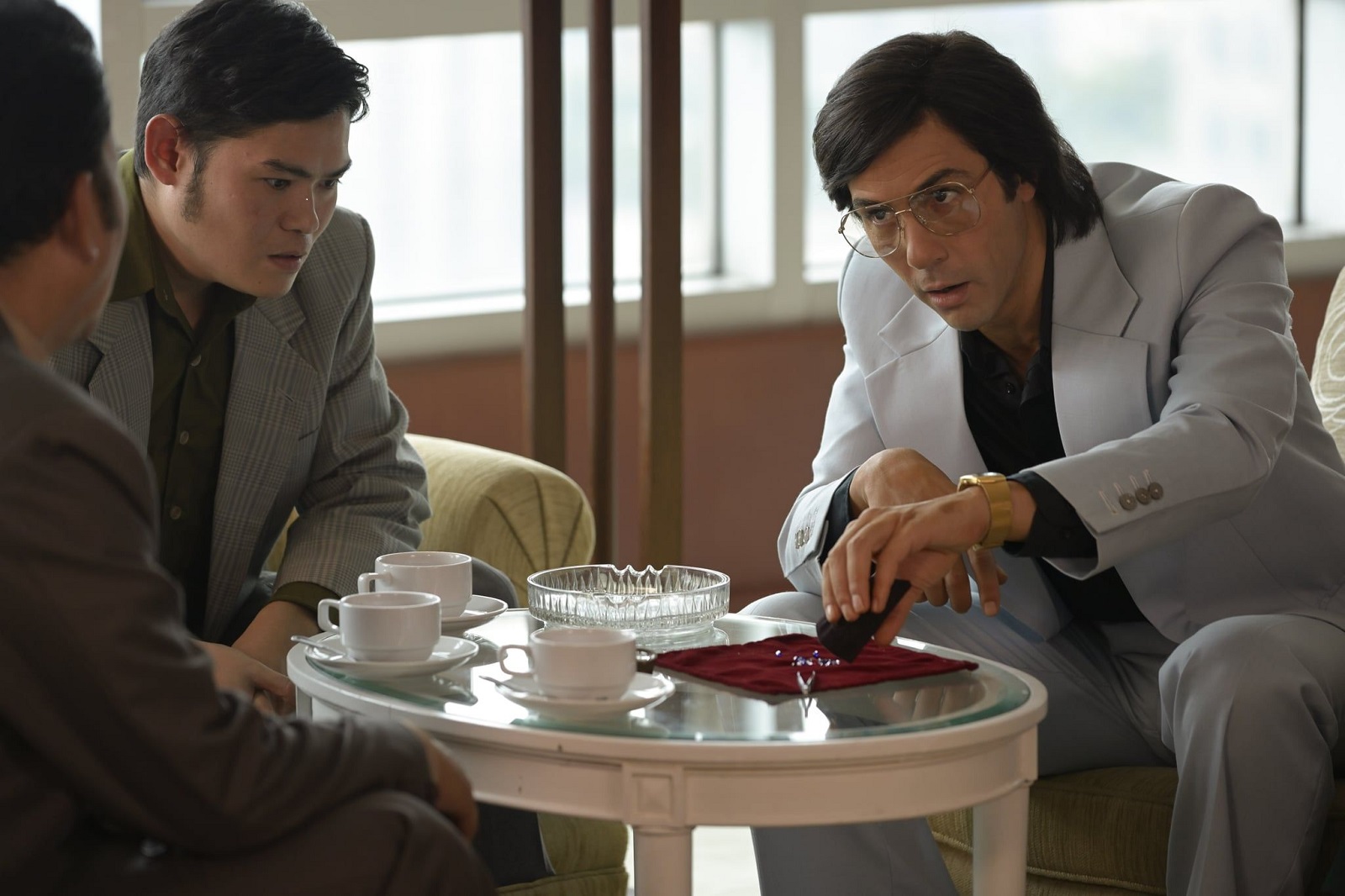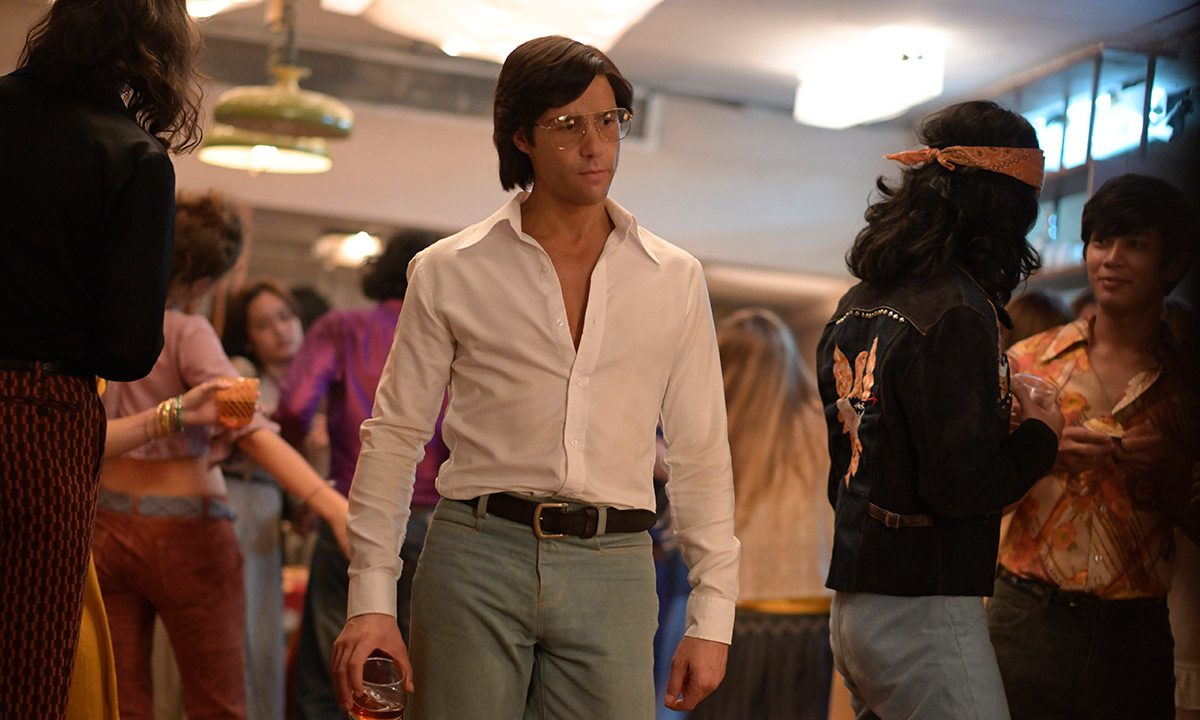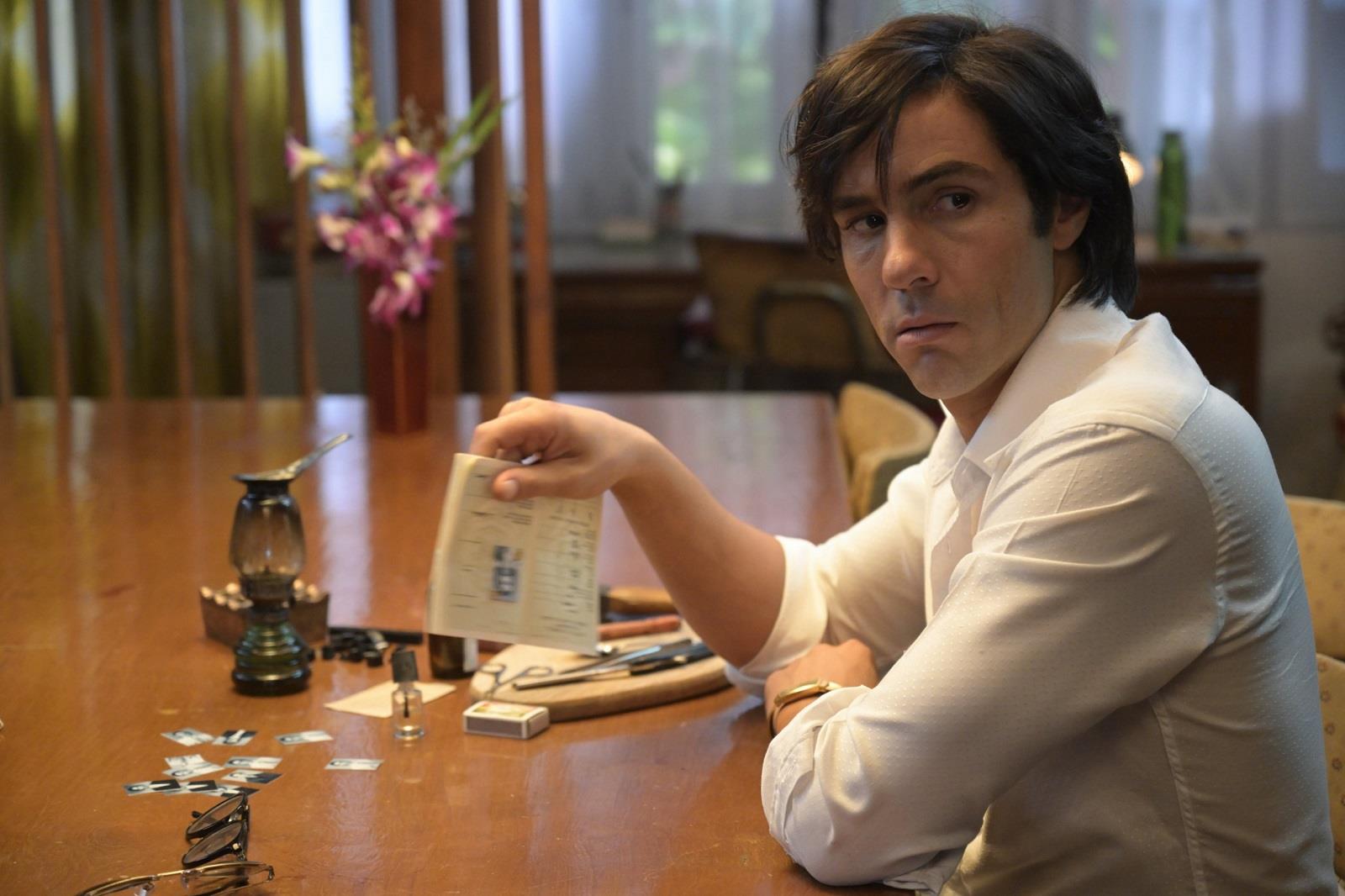
Are you still trying to understand ‘The Serpent’? Explaining the premiere
From the premiere of Showtime’s Dexter (back in ancient times of 2006) to the more recent viral sensations of Netflix’s You & Mindhunter, serial killers have been the focal point of many popular dramas in the new millenium. BBC has delighted stans of the serial killer format with the premiere of The Serpent this past Friday.
The Serpent premiere gave audiences a first look at the series which chronicles the heyday of famous real life French serial killer Charles Sobhraj. First of an eight-part miniseries, the debut episode was a relief to audiences who were hyped for a new serial killer series. However, it left many a bit confused about what was going on.

True story
Charles Sohbraj preyed on victims in 1970s Europe & South Asia on “the hippie trail.” Said trail, as you can assume, was a haven for Western alternative types who wanted to see the world off the beaten path.
Sohbraj would rob & kill travelers in this region, often deceiving & manipulating tourists as he posed as safe figures, which gave him the slippery title of the serpent; he would make his victims feel comfortable until his time to strike. His robbery & murder would continue until his conviction & jailing in 1976 for twenty years.

We see the first bit Sohbraj’s manipulative nature in the first installment of The Serpent. Sobhraj appears to be a gems dealer in a jewelry store in Hong Kong but acts the part only to infiltrate the good nature of a young tourist in the store. Sobhraj offers the tourist a great deal on a ring if he can meet him later on, and the tourist falls right in the trap.
We don’t get too deep into the exploits of Sobhraj in the first episode of The Serpent, but we do get a palpable feel for the time in which he killed: the swingin’ 70s.

Back in time
The trailer for The Serpent paints the picture of a series dripping with 70s nostalgia, from the soundtrack to the costumes, as the camera electric-slides through rooms like so many Boogie Nights & American Hustles before it. However, the premiere episode gives a much more realistic picture of the time from which the series takes place.
Dark neon-lit clubs, sterile gray jewelry shops, and sunbleached wallpaper rush audiences back to a realistic 70s Europe & Asia in The Serpent premiere. The soundtrack is sparse, and we hear immersive ambient soundscapes as the dialogue changes back & forth in language.
Language isn’t the only thing jumping back & forth in The Serpent. The timeline of Sobhraj’s exploits is important in his story, and The Serpent presents time in a peculiar way.

Time traveling
The Serpent’s nonlinear narrative may be the show’s downfall; after the premier audiences were quite vocal about their distaste with the creative choice by the people behind the new BBC series. Viewers flooded Twitter with memes, complaints, and general confusion about The Serpent’s premiere following its release on Friday.
Audiences seem most distraught about the way The Serpent showcases these jumps in time, with titles like, “Two Months Earlier” & “Four Months Later”, rather than naming which month in the year the scene we’re viewing takes place. (I’m getting dizzy.)
However, The Serpent isn’t completely doomed; people seem to really enjoy the first installment of the miniseries. The confusing timeline isn’t a disqualifier for staying with the series, and it might instead be an incentive to keep watching. We want to see what the hell is going on, so we’ll tune in each week for any clues to find out.



